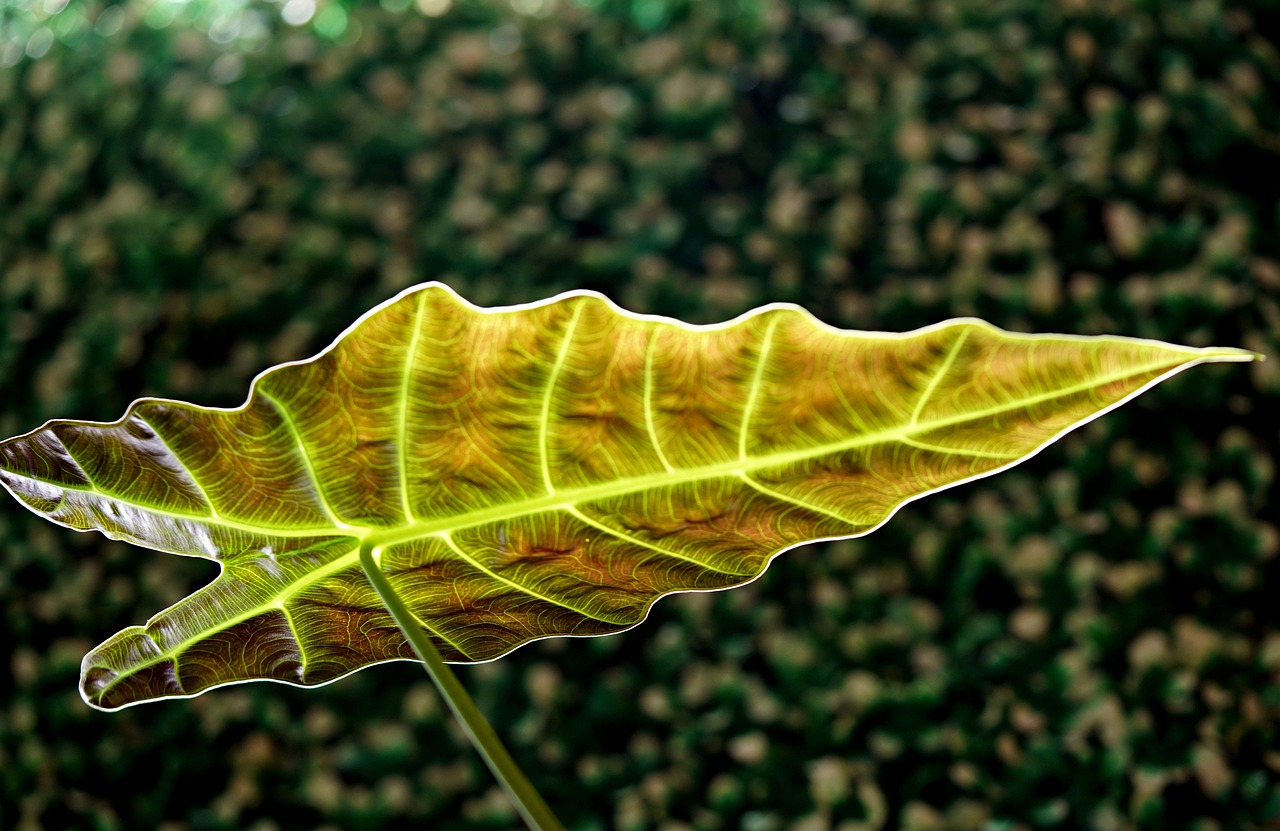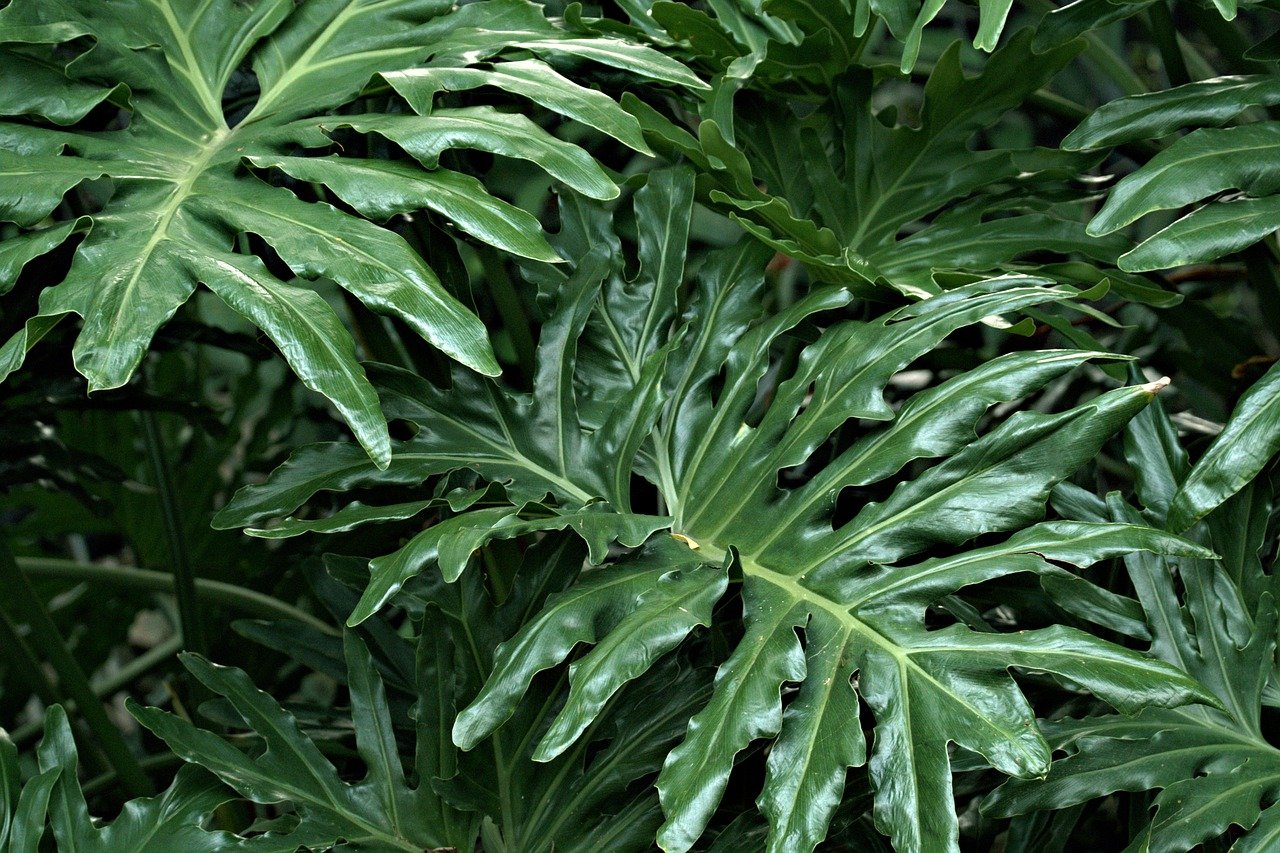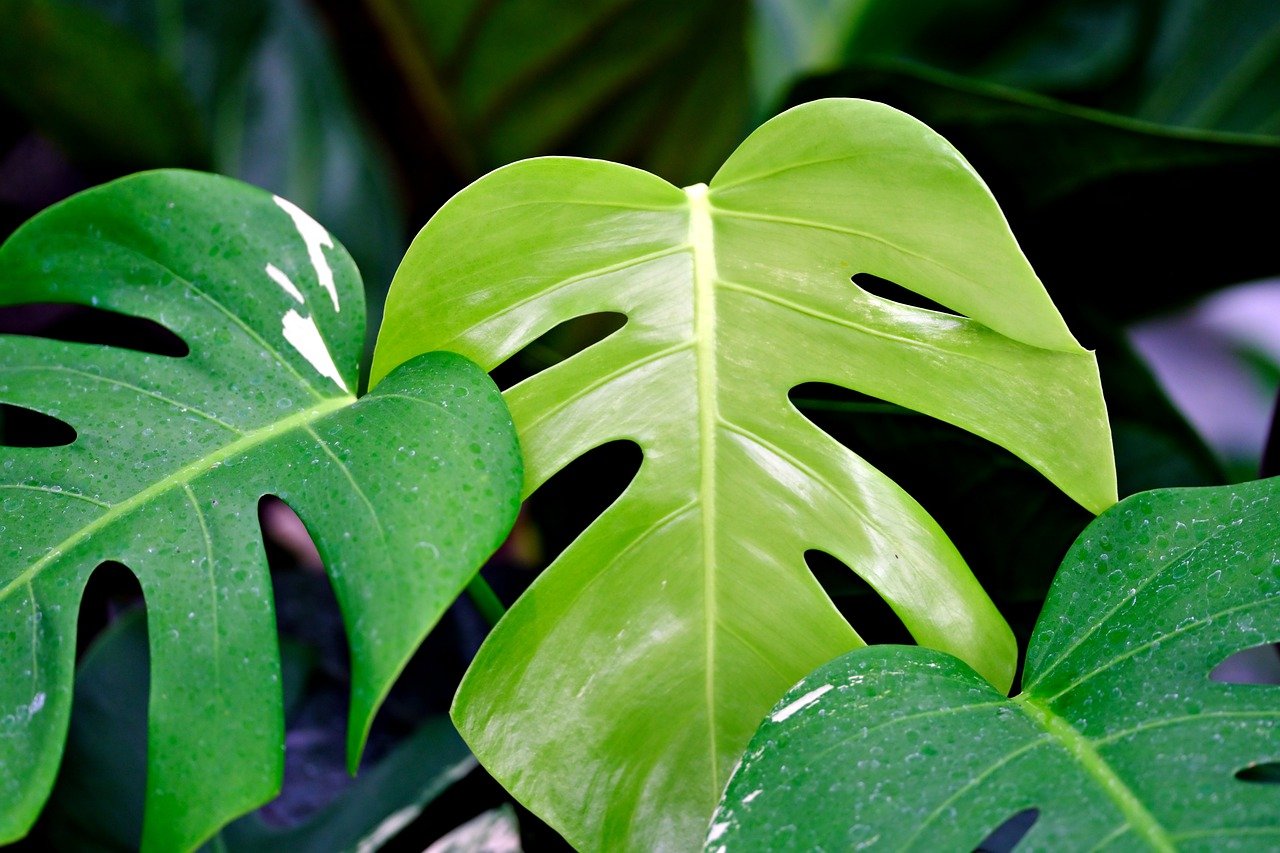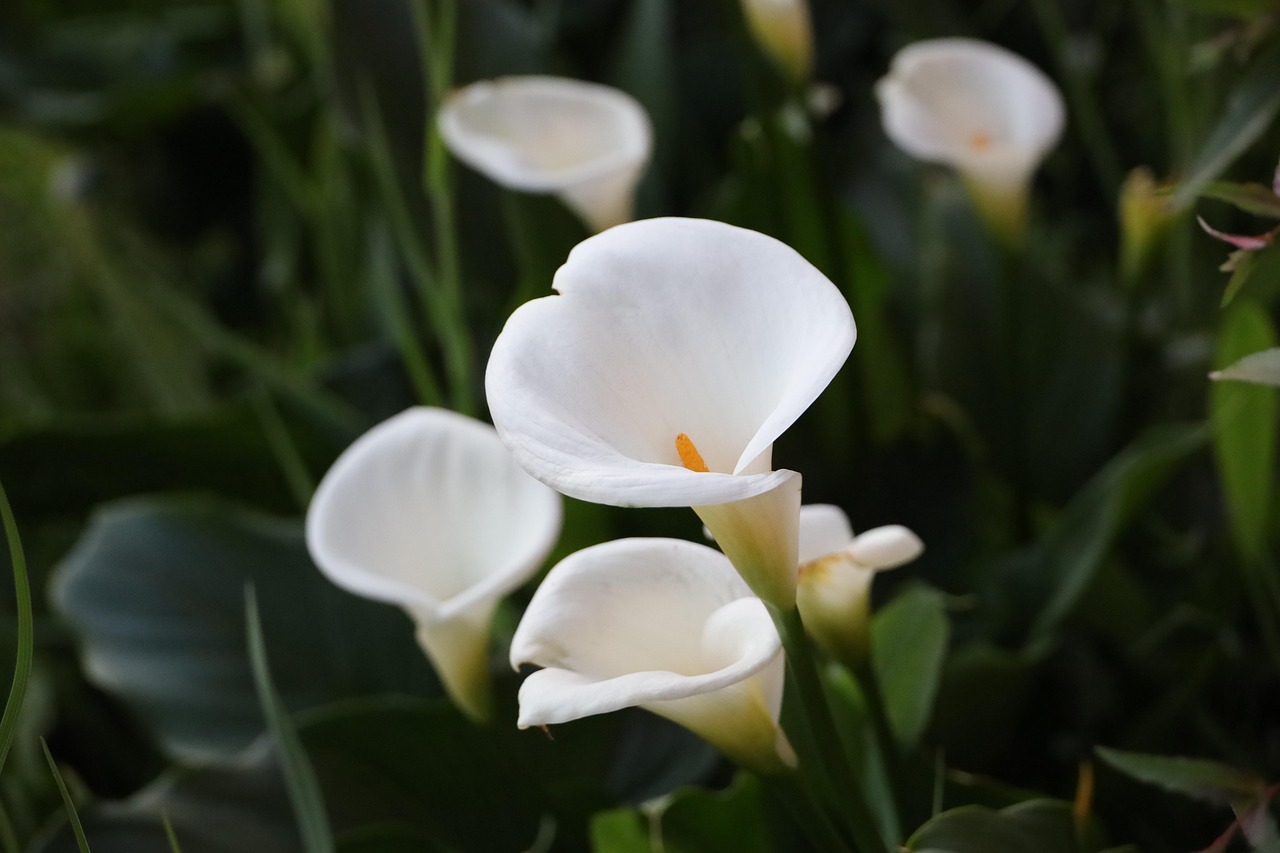Skunk Cabbage: Features and Care
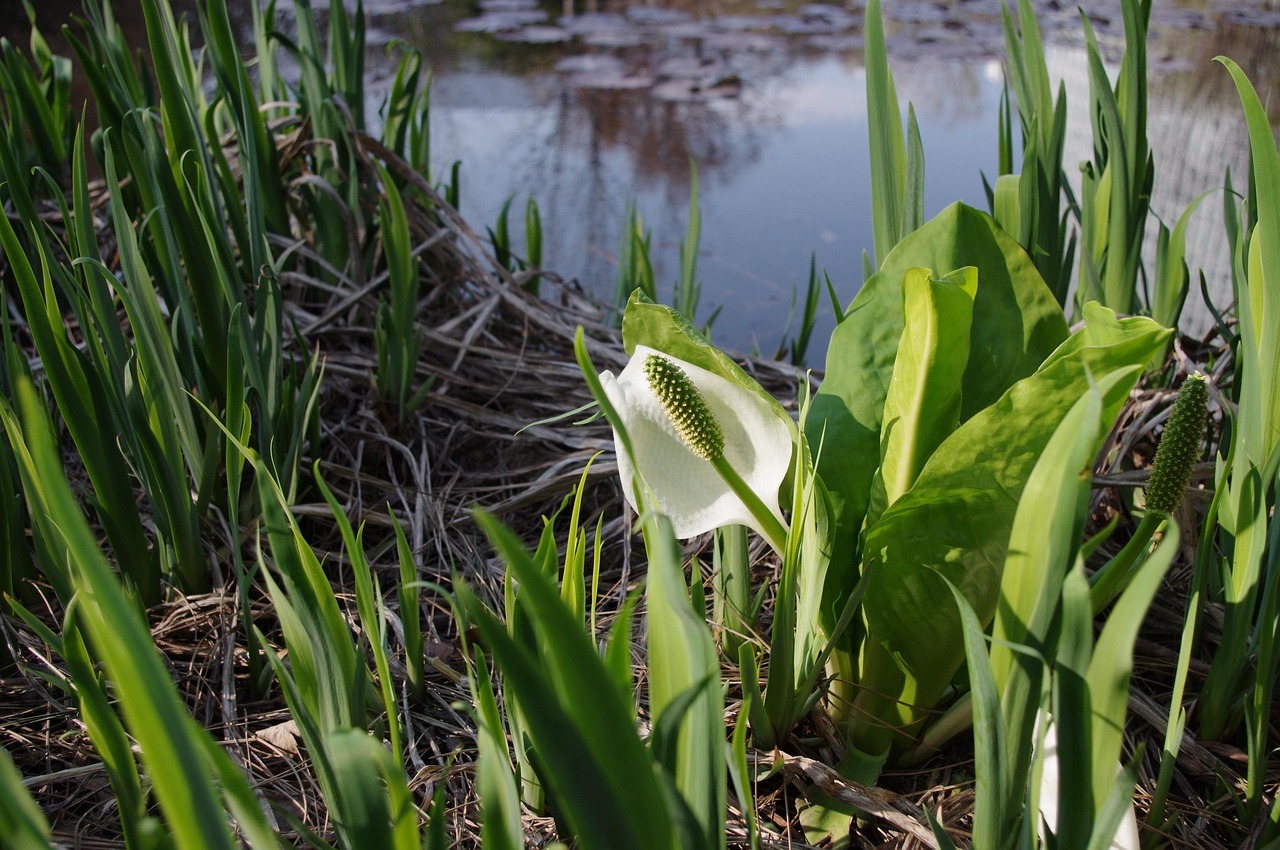
The skunk cabbage (Lysichiton camtschatcensis) is a wetland plant known for its white spathe and vibrant green leaves. It symbolizes spring in Japan and is admired for its serene beauty.
This article provides detailed information on its features, cultural significance, historical background, and care tips.
Basic Information
- Scientific Name: Lysichiton camtschatcensis
- Family: Araceae
- Native Habitat: Japan (Hokkaido, northern Honshu) and cold regions of East Asia
- Appearance:
The skunk cabbage grows to a height of 30–50 cm, featuring large green leaves and a white spathe that resembles a petal. Its actual flowers bloom on the central spadix. - Blooming Period:
March to May. It blooms as the snow melts, bringing vibrant colors to wetlands.
Cultural Significance Worldwide
In Japan, the skunk cabbage holds a special place as a harbinger of spring. It is iconic in places like Oze National Park, where its large colonies attract numerous visitors. It frequently appears in traditional poetry and art, symbolizing tranquility and renewal.
Elsewhere, such as in the Pacific Northwest of the U.S. and Eastern Russia, related species flourish. However, in these regions, they are primarily appreciated as integral parts of the ecosystem rather than ornamental plants.
Historical Episodes
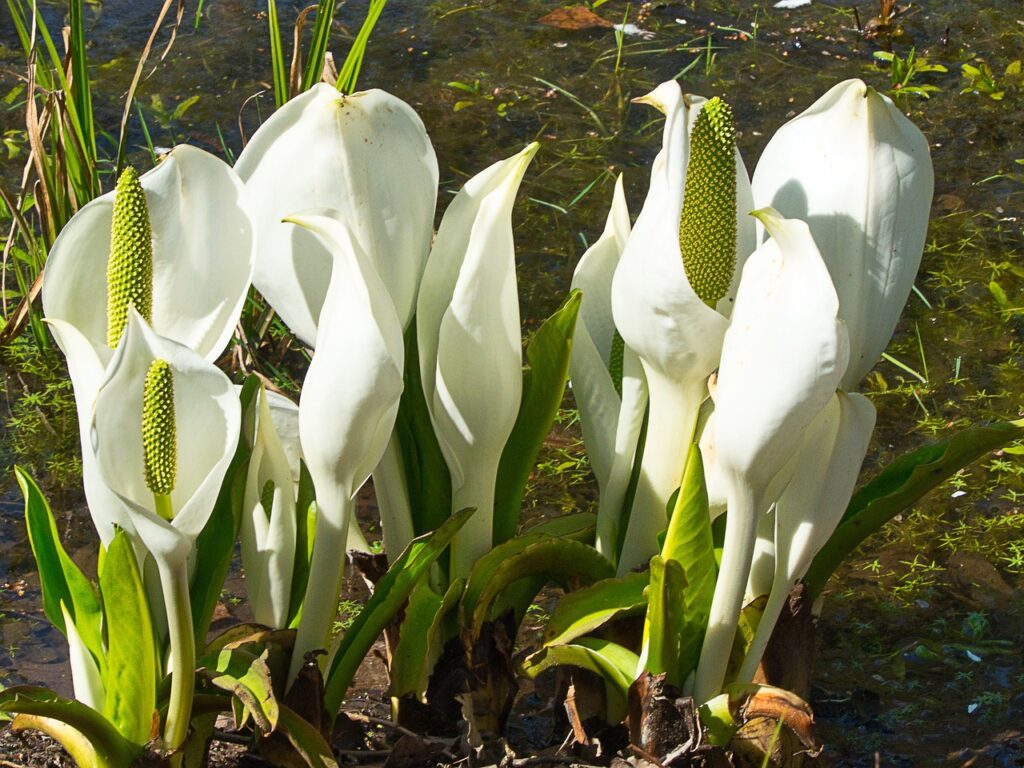
The skunk cabbage became widely recognized in Japan when Oze was designated a national park in 1934. Efforts to preserve its natural habitat brought the plant national attention. Poets and painters in the Taisho era also elevated its cultural significance.
In Ainu culture, skunk cabbage is viewed as part of the interconnected wetland ecosystem, embodying the harmony of nature.
Gardening Tips
To grow skunk cabbage successfully, recreate its natural wetland environment.
Light
Prefers partial shade; avoid direct sunlight.
Watering
Keep the soil consistently moist. For potted plants, ensure water collects at the base.
Soil
Use water-retentive clay soil or wetland-specific soil.
Fertilizer
Apply a slow-release fertilizer in early spring. Avoid over-fertilizing.
Winter Care
Hardy but protect potted plants from cold winds.
Conclusion
The skunk cabbage, with its pristine white spathe and lush green leaves, is a symbol of spring. Thriving in wetland conditions, it brings serenity to gardens and ponds.
Steeped in cultural and historical significance, it’s a plant that adds unique charm to seasonal displays.

